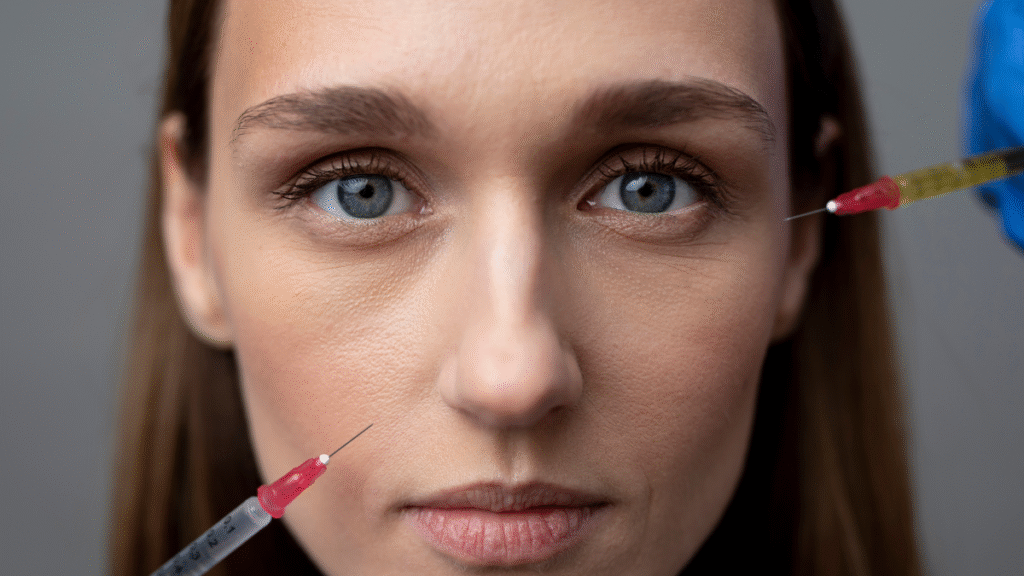Understanding Botulinum Toxin
Botulinum toxin, most widely recognized by its trade name botox, is a purified protein derived from the bacterium Clostridium botulinum. Despite its origins, when used in carefully controlled doses by licensed professionals, it provides remarkable benefits for both cosmetic and medical purposes. In addition to softening wrinkles and expression lines, this injectable medication cures various muscular problems by momentarily relaxing certain muscles. Over the years, botox has become synonymous with non-invasive facial rejuvenation. The development of this treatment is rooted in decades of scientific research and clinical trials. It set a new standard for those seeking visible results without the recovery time or risks associated with cosmetic surgery. Its popularity underscores the growing movement toward safe, efficient options that fit modern lifestyles.
Cultural and Cosmetic Shifts
The use of botulinum toxin in cosmetic medicine has fueled a major cultural shift in how society views beauty, confidence, and the pursuit of youthfulness. These injections offer a way for people to enhance their appearance subtly, avoiding the stigma that once surrounded aesthetic treatments. According to the American Society of Plastic Surgeons, minimally invasive procedures like those involving botulinum toxin have increased steadily, reflecting changing attitudes about aesthetics across different generations. This transformation has been further amplified by openness on social media and increased access to information about available procedures. These shifts have also contributed to a broader representation of beauty, encouraging individuals to make personal choices about how they age or address unique aesthetic concerns. Today, men and women of varying ages use botulinum toxin to refine their look—whether they’re in their twenties or their seventies—highlighting the substance’s versatility and widespread acceptance.
How Botulinum Toxin Works on Muscles and Wrinkles
Botulinum toxin injections work by temporarily blocking nerve signals to specific muscles. When these muscles can’t contract, the overlying skin remains smoother and relaxed, diminishing the appearance of dynamic wrinkles. These include lines seen across the forehead, between the brows, and at the outer corners of the eyes. The science behind these results is robust and well-studied, and when administered by experienced professionals, the effects can appear natural with minimal downtime .The effects of botulinum toxin generally become noticeable within three to seven days and can last three to six months, after which repeat treatments can maintain the desired appearance. Its predictable results have made it one of the most commonly performed cosmetic procedures worldwide.
Popular Areas for Cosmetic Application
While most people associate botulinum toxin with smoothing frown lines and crow’s feet, its uses are far more comprehensive. It is often used to lift the brow, soften lines around the mouth, and reduce the appearance of neck bands. Additionally, skilled practitioners use it to address subtle facial asymmetries and even to reduce excessive gum display when smiling.The ability to target precise muscle groups without affecting surrounding tissue means providers achieve nuanced results with each injection. This versatility is part of what continues to draw new patients to the procedure every year.
Medical Uses Beyond Aesthetics
Botulinum toxin’s impact extends well beyond aesthetics. It treats medical conditions such as chronic migraine, excessive sweating (hyperhidrosis), muscle spasticity, and certain kinds of eye twitching. Years of medical research support its effectiveness in these areas, with patient outcomes demonstrating significant improvement in comfort and quality of life. When applied by the correct hands, these therapeutic roles underline its reputation as a safe and reliable tool in modern medicine.
Safety, Myths, and Ongoing Research
While botulinum toxin has an excellent safety profile, misconceptions often deter potential candidates. It does not “freeze” the entire face; careful dosing and skilled application ensure natural facial movements remain. Short-term redness or bruising can occur at injection sites, but more serious complications are rare when procedures are performed in properly regulated settings. Ongoing research explores new uses and delivery techniques, focusing on even longer-lasting results with greater precision. Staying up to date with practitioner training is essential for maintaining the best patient outcomes and minimizing risks.
Trends and the Future of Non-Surgical Cosmetic Enhancement
The demand for non-surgical options like botulinum toxin is expected to grow as people increasingly seek customizable treatments that integrate seamlessly into daily routines. Advances in product formulations and technology may further enhance duration and precision, appealing to new generations seeking personalized approaches to aging and wellness. With a focus on transparency, education, and ongoing safety, botulinum toxin will likely remain at the forefront of cosmetic and therapeutic medicine for years to come.







